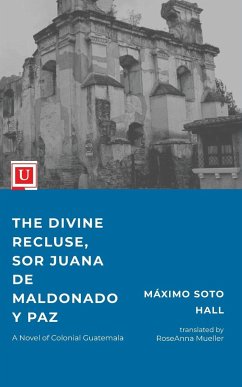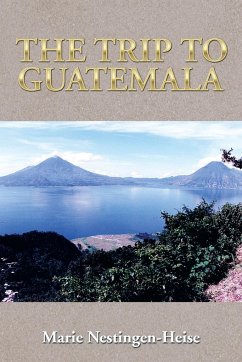The Divine Recluse, first published in 1938 and now translated into English for the first time, is a modernist historical novel set in Antigua, Guatemala, in the 1620s. In Soto Hall's account, Antigua is the quintessential periphery, always mindful of the "city and court" of Madrid and of other, more established, cities of the empire. Part anti-colonial satire, part historical romance, and part pastiche of 17th-century Spanish novels, The Divine Recluse focuses on the lives of the inhabitants of a colonial town, who see the world as a game of Spanish shadows projected on a canvas brought from Mexico City or Lima. Soto Hall's novel is based on the mysterious history of a nun who has fascinated several writers. Since very little was really known about her, the author concentrated on imagining the world around her, sprinkling the tale with enigmatic and nefarious characters, bringing to light the many conflicts between Church and state in Antigua at the time. The known fragments of Sor Juana's life served as a catalyst to expose corruption and in-fighting in the various religious orders of the Church in Guatemala and to provide entertaining background material for a colorful historical novel set in Antigua. ¿For more than five decades, Máximo Soto Hall (1871-1944) was a leading anti-imperialist writer and journalist in Central America. Born in Guatemala, he lived and published in Spain, France, Costa Rica, Venezuela, Honduras, Argentina and Chile. His other major novels include El Problema (1899) and La Sombra de la Casa Blanca (1927). Juana de Maldonado y Paz (1598-1666), also known as Juana de la Concepción, was a Guatemalan poet and nun. RoseAnna Mueller, Ph.D., Emerita at Columbia College Chicago, is the author Teresa de la Parra: A Literary Life (2012). In 2016, she translated Ana Isabel: A Respectable Girl by Antonia Palacios.
Bitte wählen Sie Ihr Anliegen aus.
Rechnungen
Retourenschein anfordern
Bestellstatus
Storno








